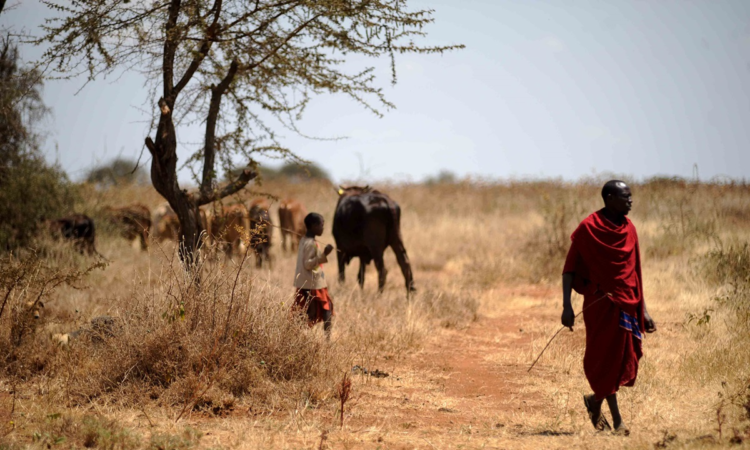
One Health is an integrated, unifying approach to balance and optimize the health of people, animals and ecosystems. It uses the close, interdependent links among these fields to create new surveillance and disease control methods.
For example, the way land is used can impact the number of malaria cases. Weather patterns and human-built water controls can affect diseases like dengue. Trade in live, wild animals can increase the likelihood of infectious diseases jumping over to people (called disease spillover).
The COVID-19 pandemic put a spotlight on the need for a global framework for improved surveillance and a more holistic, integrated system. Gaps in One Health knowledge, prevention and integrated approaches were seen as key drivers of the pandemic. By addressing the linkages between human, animal and environmental health, One Health is seen as a transformative approach to improved global health.
One Health applies to a range of issues, include:
According to the World Bank, the expected benefit of One Health to the global community was estimated in 2022 to be at least US$ 37 billion per year. The estimated annual need for expenditure on prevention is less than 10% of these benefits.
Since 2003, the world has seen over 15 million human deaths and US$ 4 trillion in economic losses due to disease and pandemics, as well as immense losses from food and water safety hazards, which are One Health related health threats.
The emergence of the SARS-CoV-2 virus that caused COVID-19 has underlined the need to strengthen the One Health approach, with a greater emphasis on connections to animal health and the environment (see the WHO Manifesto for a healthy recovery from COVID-19). Attempting to save money by neglecting environmental protection, emergency preparedness, health systems, water and sanitation infrastructure, and social safety nets has proven to be a false economy, and the bill is now being paid many times over.
We now have an unprecedented opportunity to strengthen collaboration and policies across these many areas and reduce the risk of future pandemics and epidemics while also addressing the ongoing burden of endemic and non-communicable diseases.
Surveillance that monitors risks and helps identify patterns across these many areas is needed. In addition, new research should integrate the impact of these different fields, particularly on the drivers that lead to crises.
Challenges
To implement One Health, major structural changes are required to integrate the human, animal and environmental health fields and support multi-sectoral communication, collaboration, coordination, and capacity strengthening.
Critical gaps in One Health implementation include:
WHO is integrating One Health across its units and offices, providing strategic advice relating to policy, and conducting training at the local, national and regional levels. The goal is stronger programmes that are led and owned by countries.
WHO is a member of the One Health Quadripartite with the Food and Agriculture Organization, the World Organisation for Animal Health and the United Nations Environment Programme. Together, they have developed a One Health Joint Plan of Action that includes a set of activities that the 4 organizations can do together, including working with political leaders to establish the needed infrastructure and funding.
WHO is the secretariat for the One Health High-Level Expert Panel (OHHLEP), which provides scientific advice to the Quadripartite partners on One Health priority setting, policies and strategies. This includes recommendations on good practice guidelines, a model One Health Surveillance System, a comprehensive list of upstream drivers of zoonotic disease spillover and recommendations to mitigate these risks.
Related
News







